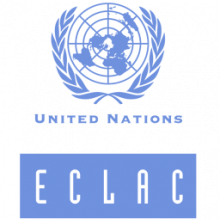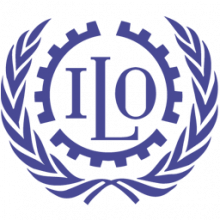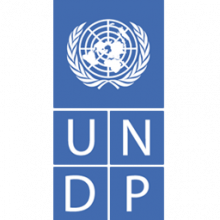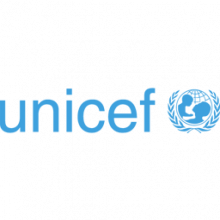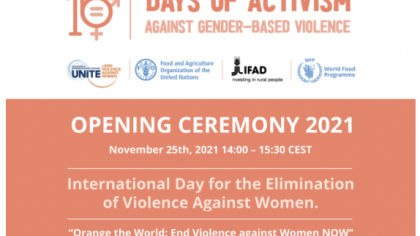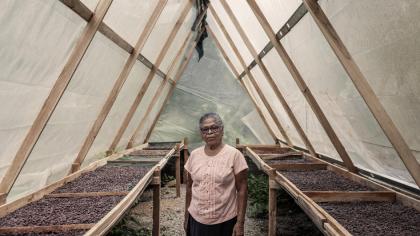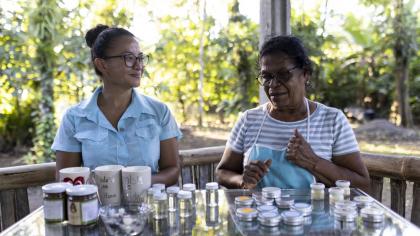
Description
While there has been progress in relation to gender equality and women’s empowerment at the global level, women and girls continue to face structural discrimination and violence in every part of the world.
Gender equality is not only a fundamental human right, but a necessary foundation for a peaceful, prosperous and sustainable world. Gender equality is intrinsically linked to sustainable development and is vital to the realization of human rights for all. Gender equality is achieved when women and men in a society enjoy equal opportunities and rights in all spheres of life.
Providing women and girls with access to health care and decent work, and facilitating their participation in political and economic decision-making processes will fuel sustainable economies and benefit societies and humanity at large.
Agencies, Funds and Programmes
Regional indicators
Activities
News
Publications
Information Tools
-
Resource TypeInfographics
-
-
